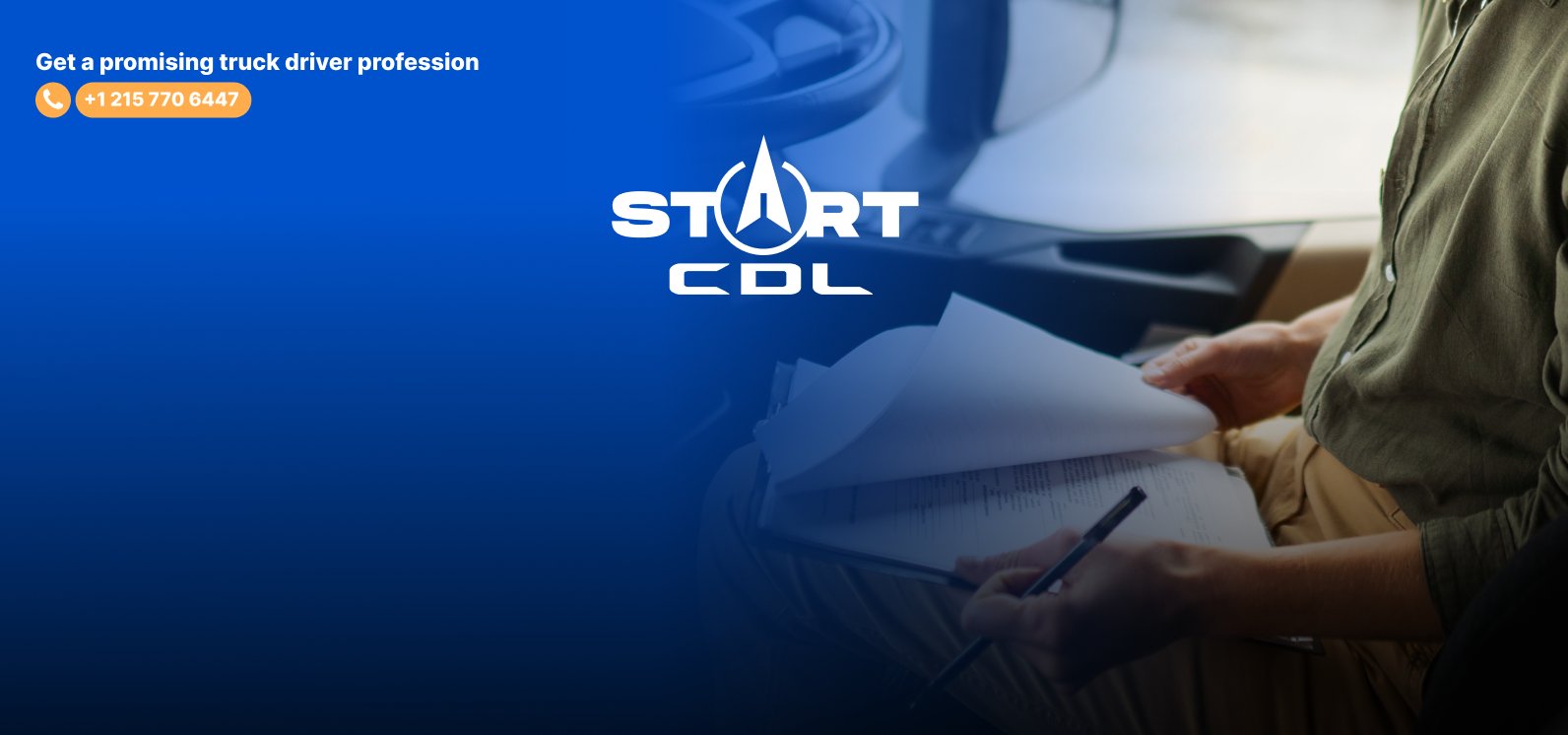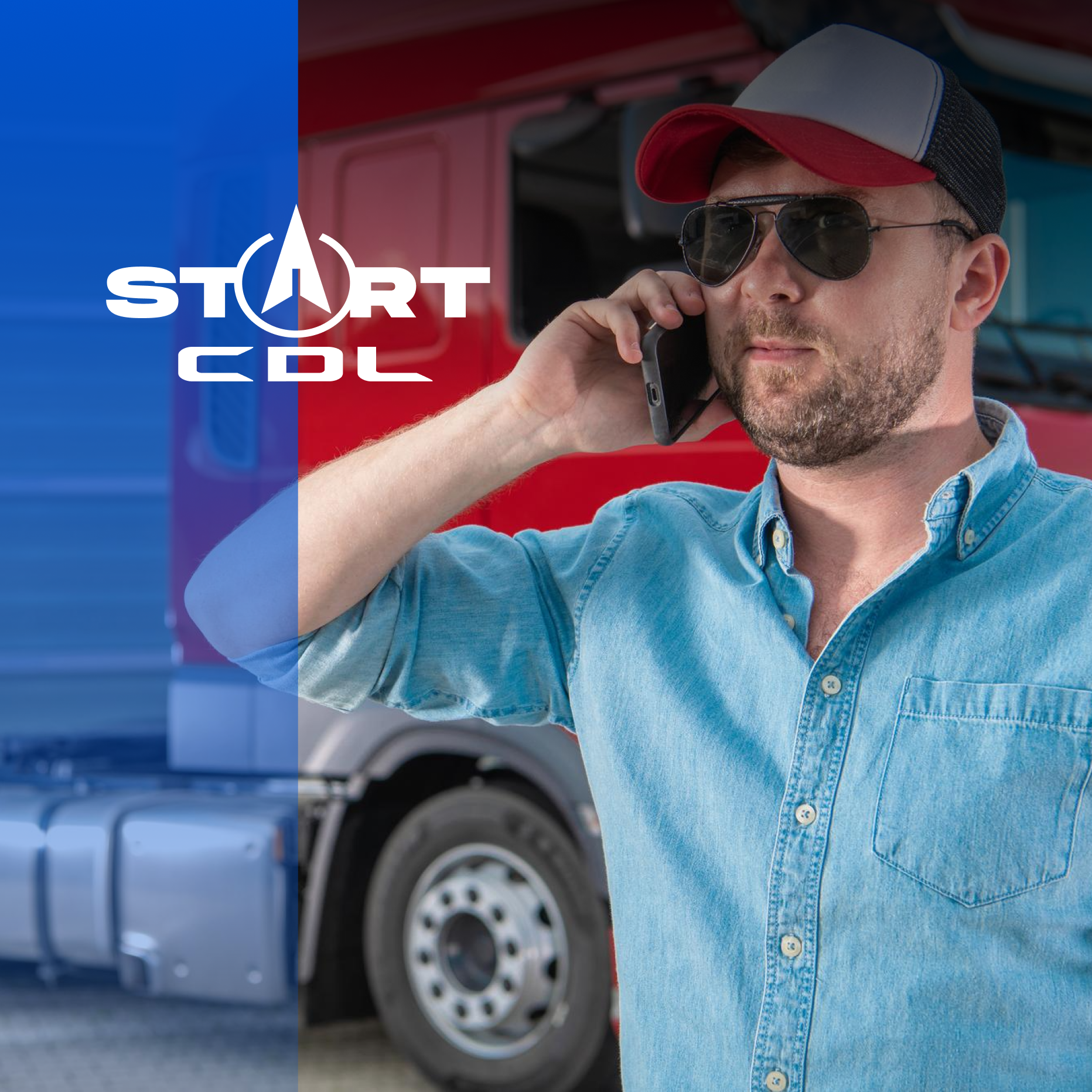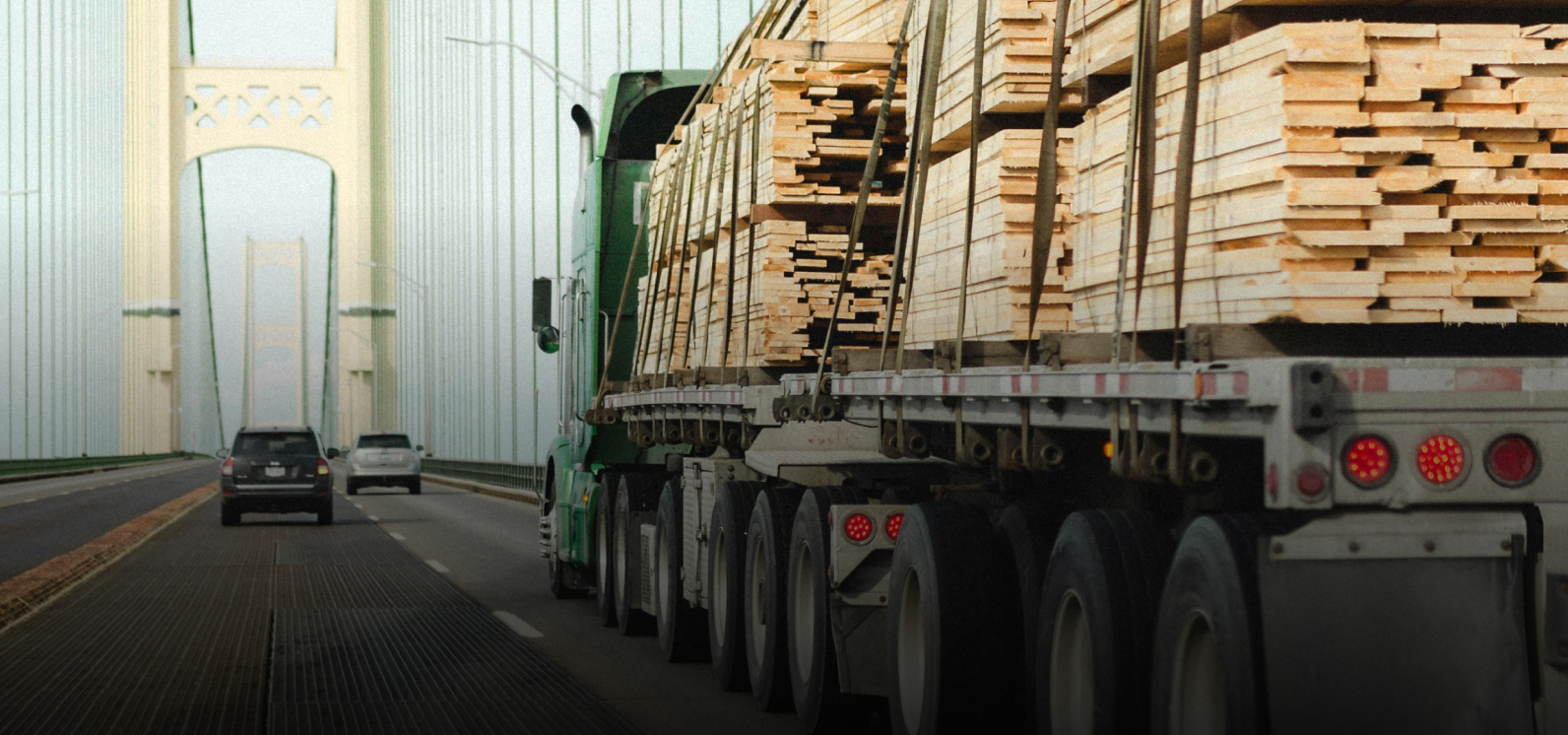

What is a CDL pre-trip inspection checklist?
Everyone prefers being safe than sorry, that’s a fact — and if you’re behind the wheel with a class A commercial driver’s license (CDL), a well-performed pre trip inspection on your vehicle is the definition of that safety. Pair pretrip inspection with regular maintenance, and you’re all set for a safer, bump-free ride. Oh, and just so you know, it’s both good practice and the law!
Every driver must conduct one pre-trip inspection a day — that’s the bare minimum! Read on to learn more about this procedure, study the pre trip inspection checklist from our experts, and lay your hands on an excellent CDL pre trip inspection cheat sheet.
How long does a pre-trip inspection take to complete?
A CDL pre-trip inspection is your truck’s head-to-toe travel prep that helps pinpoint any issues well in advance for the purpose of avoiding breakdowns, delays, and accidents. Do it at the start of your shift, after a 10-hour break, or when you switch trailers.
With regard to how long your CDL class A pre trip inspection should take, there’s no strict time limit. But if your rig’s in good shape, you’ll likely be done in 15-30 minutes. All in all, your pretrip inspection boils down to a solid 30-60 minute top-to-bottom checkup that should be logged as “on-duty, not driving.”
Truck Pre Trip Inspection Checklist: What Things Should You Check Before a Trip?
To get your CDL, you’ve got to pass a tougher pretrip test compared to what most drivers usually perform — it’s that basic daily checkup, but on steroids. Don’t lose your head over it, though, because our expert-provided Class A pre trip inspection checklist below covers everything you need to nail it. So, study our pre trip inspection checklist with pictures below and memorize it religiously.
1. Engine Compartment: Under-the-Hood Checkup
- Fluids: No Leakage, No Problem. Check your coolant, oil, and power steering — there should be no leaks. Make sure the hoses aren’t cut or cracked — and verify if they are tight at both ends. Confirm the fluids are at the right level with your dipstick.
- Belts: Keep ‘Em Tight & Right. Alternator, pumps, compressor — all belts should be securely fastened and with not even a single crack or fray. Give them a little tug, make sure there’s just a little wiggle room, no more than 1/2″ to 3/4″ of slack.
- Hoses: Tight, Tough, Leak-Free. Check all hoses, from power steering to coolant, on both sides. They need to be tight on both ends, with no splits, cuts, or leaks in sight.
- Air Compressor: Hidden but Crucial. You can’t see it easily, but you must make sure your air compressor is firmly in place, well-protected from cracks, breaks, or leaks.
- Alternator and Water Pump: Wired and Hosed Right. Make sure all the wires on the alternator are hooked up and the water pump’s hoses don’t leak — all of this makes up the must-follow CDL pre trip inspection checklist points.
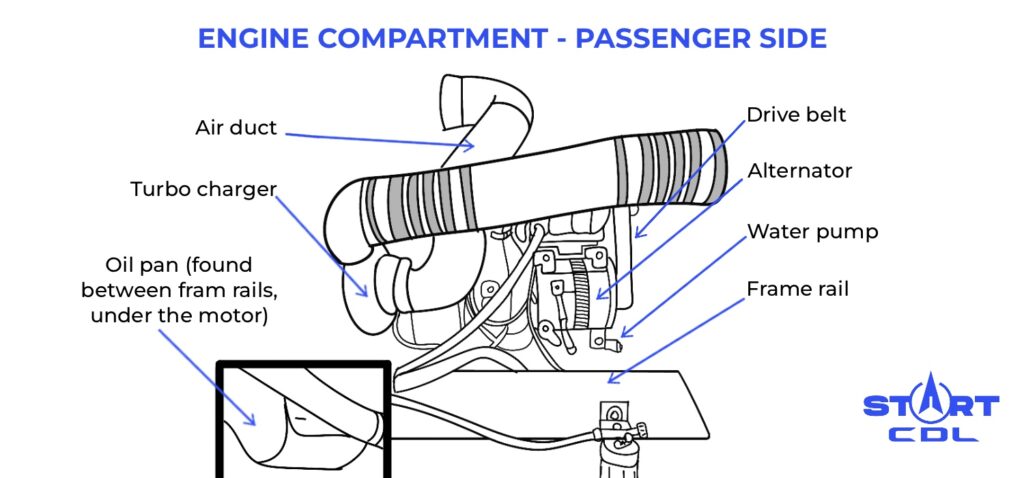
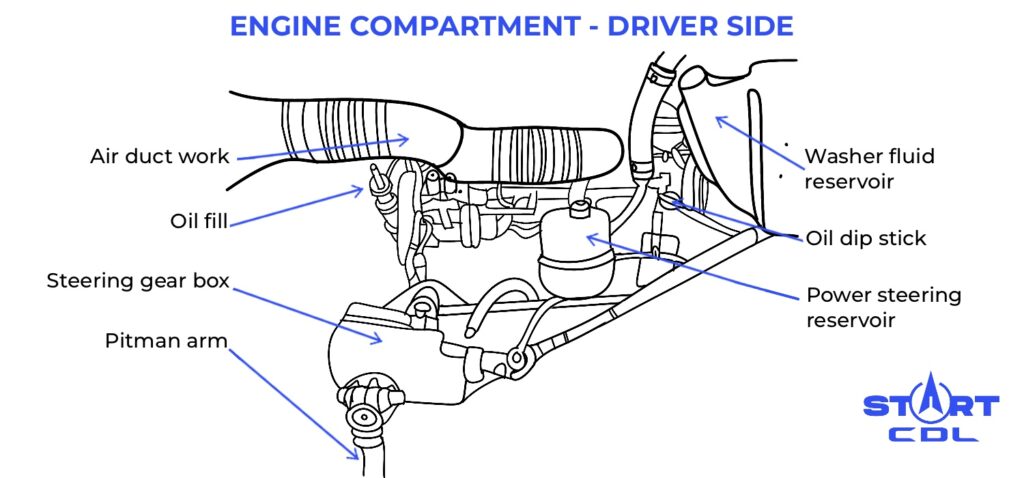
2. CDL Pre Trip Truck Front Check: Steering, Shafts, and Links
- Steering Gear and Hoses: Leak-Proof and Secure. Make sure the steering gearbox and hoses are in good shape — no damage or leaks. Hoses should be securely fastened at both ends.
- Steering Shaft: Straight & Sturdy. Check that your steering shaft and column are perfectly aligned — no twists, turns, or cracks.
- Pitman Arm: Nuts and Pins, Secure & Sound. Verify that the Pitman arm’s nuts and cotter pins are all there and tightened up.
- Drag Link: Rubber Intact and Greased. Make sure the rubber on the drag link is smooth and well-lubed — it should be butter-sliding.
- Control Arms and Tie Rod: Tight & Unbent. Check that your tie rod is tight and in one piece with no cracks or bends; the control arms should also be rock-solid.
Before you proceed reading, take a closer look at the CFL pre trip inspection pictures from our experts below. The first one is the general CDL vehicle inspection memory aid and the second one is pre trip inspection CDL engine compartment diagram for your better visual understanding. Feel free to look up a more detailed CDL pre trip inspection study guide with pictures online.
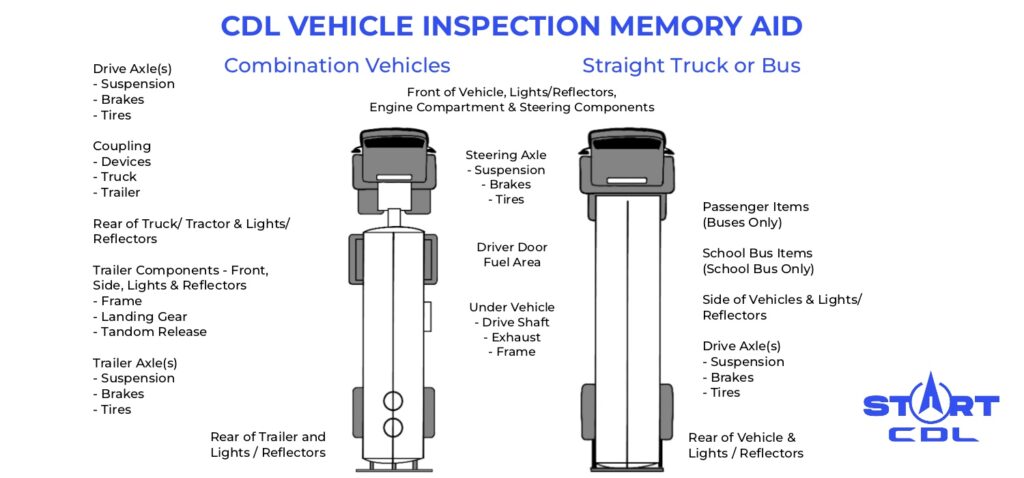
3. Driver’s Side Basics: Mirrors, Doors, and Fuel Check-Up
- Mirrors: All Set and Shiny. Confirm that the mirror’s bracket is firmly fastened and the mirror is spotless and intact.
- Door and Hinges: Smooth Operation and Sealed Tight. Test that the door swings smoothly and latches well, with hinges holding strong. Check that the door seals are whole and not rotting away.
- Steps and Fuel Tank: Solid Steps and No-Leak Tank. Make sure the steps are firmly mounted and can handle a good stomp. The fuel tank should be tight, with no leaks and a well-sealed cap.
4. Back-End Basics: Shaft, Exhaust, and Frame Check
- Drive Shaft: Straight & Clean. Make sure the drive shaft is straight, the U-joints are unbroken, and there’s no debris hanging around.
- Exhaust: No Wobbles or Leaks. Make sure the exhaust isn’t wobbling and there’s no soot showing leaks — everything should be snug and clean.
- Frame: Strong & Clean. Check that the frame is whole and free from any unauthorized welds or damage.
- Catwalk and Steps: Solid & Clutter-Free. Make sure the catwalk and steps are securely attached and free from any stray objects — they should be solid and clean.
- Mudflap: Properly Set and Unscathed. Confirm the mudflap is fastened well, undamaged, and positioned at the right height — yep, your must-study pre trip inspection CDL checklist is quite lengthy.
5. Coupling System Check: Kingpin, Pin, and Everything In-Between
Take a close look at the coupling system as part of your pre trip inspection CDL inspection: check that the kingpin and sliding fifth wheel locking pin are locked in place. Make sure air lines, apron, electrical connections, and glad hands are in good shape and not tangled. The fifth wheel platform should be firmly mounted without cracks or questionable welds, and the skid plate should be well-greased. Make sure all mounting bolts are tight and the release arm is securely locked. Confirm that the kingpin is rock-solid, the locking jaw is hugging it tight, and the apron and fifth wheel pin are all locked and loaded.
6. Brake System Check: Inside and Out
Inspect your brakes thoroughly, inside the cab and out. Adjust the slack adjuster properly, confirm that brake linings are thick enough, and make sure air lines are leak-free. Examine the brake hose and chamber for leaks, check that the slack adjuster and push rod have the right play, and confirm the brake drum isn’t overheated. Finally, make sure your brake pads are clean, with at least ¼” thickness, and no oil or debris.
7. Trailer Tune-Up: Very Important Pre Trip Checklist Point
Give your trailer an in-depth inspection to make sure it’s ready for a secure connection. Look for any cracks, bends, or missing parts in vital areas like the headboard and frame. The landing gear should be fully up and not damaged, and doors should latch smoothly with no worn seals. Check that the tandem release handle and locking pins are properly secured. Inspect the airbags for any leaks or damage, and confirm that the springs, u-bolts, and shock absorbers are in good condition. The torque arm and bushings should be solid and intact.
8. Shine Check: Lights & Reflectors
Make sure every light on your rig is shining bright and clear. Check that all exterior lights, turn signals, and warning lights are working and the lenses are spotless. Make sure your reflectors are clear and smooth — just like your freshly polished mirror. All running lights, high and low beams, turn signals, hazard lights, and brake lights should function — check that, too. Also, make sure that reflector tapes are clean and not worn.
9. Tread Lightly: Wheel Inspection
Last but not least in this pre trip inspection checklist, give the wheel system some attention. Check that wheel rims are free from sneaky welds, and inspect steer tires for any cuts or bulges. Make sure tires are inflated to the manufacturer’s specs, and don’t forget the valve stems should be snug with no hissing leaks. Lug nuts should all be in place and free of rust or cracks, while hub and axle seals need to be tight and leak-free. We hope this printable CDL pre trip inspection cheat sheet from our experts comes in handy in your challenging behind-the-wheel endeavors!
FAQ
How often should I perform a pre-trip inspection?
Daily! Yep, every single day you drive, you need to log a pre-trip inspection. Starting your day with this check-up helps catch any issues early, and thus drive confidently. Don’t forget to rely on our pre-trip inspection checklist when you’re just beginning to get to grips with this procedure.
Can I delegate the pre-trip inspection?
We understand that you may be tempted to pass the responsibility, but the pre-trip inspection is a driver’s job. You’re the one behind the wheel, so getting to grips with the pre trip inspection study guide PDF and then making sure that everything is safe is your must-do.
What must you check before transporting a sealed load?
You can’t inspect sealed loads, but keep an eye on those weight limits. Dry bulk tanks are top-heavy, so they can wobble like a dancer with two left feet. Take it easy around curves and turns — slow and steady wins the safety race here.
What should I do if I find a problem during the inspection?
Deal with it fast or give your maintenance team a shout before you drive off. A quick fix today keeps the big mess away tomorrow.
How to remember pre trip inspection CDL?
Try a combination of techniques: practice regularly, set a routine, jot down steps, and use memory aids like acronyms. Make the most of our cheat sheet how to remember pre trip inspection CDL and practice until the steps become second nature.
Related Articles
10 years of experience
and
10000+ graduated
students with CDL
Feel free to ask
us any questions about
getting a CDL in the USA


 @startcdl
@startcdl
 +1 (224) 520-3169
+1 (224) 520-3169

